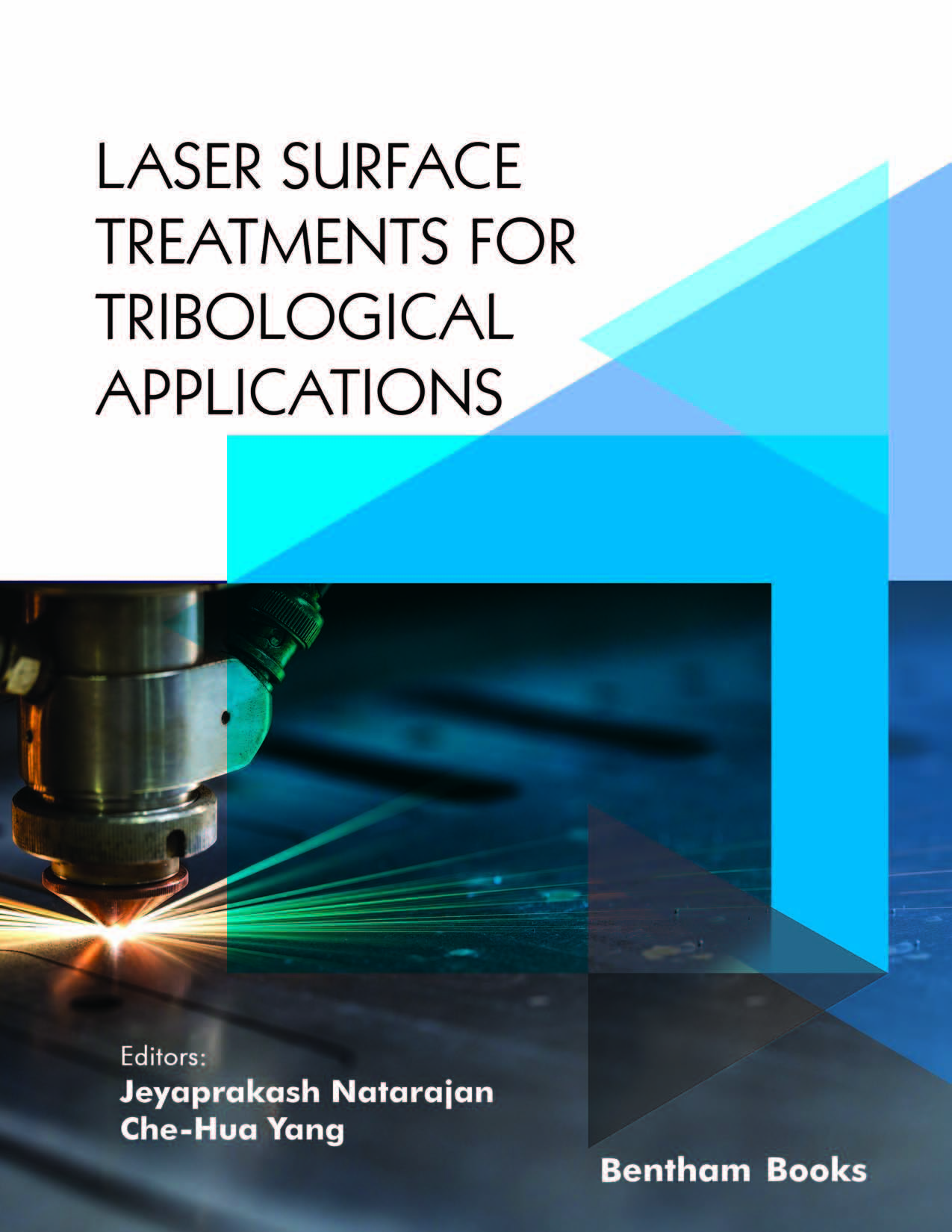Preface
Metals for industrial applications require several properties, such as ductility, malleability, hardness, strength, corrosion resistance, thermal expansion, availability, reusability, etc. When it comes to tribological application, hardness, strength, and surface properties are the primary necessities. However, achieving all the properties in a single metal is not easy. The product developers have to pick the appropriate metal as per the application requirements by understanding the wide variety of metals and their functional properties. The metallic components are assembled to deliver the relative motion, however, the friction will be generated due to the interaction between the metallic surfaces, and this interaction will lead to ‘wear’ of the metallic components. Wear in mechanical components reduces the plant efficiency because of power losses, and in rare cases, it is catastrophic. Wear is a vital cause of malfunctioning a mechanical system, and it is a serious issue that needs to be addressed in tribological applications.
Lasers are used in many industries, and their applications in various fields are only growing with time. The laser-assisted machinery highlights how lasers have helped us to be at the forefront of technology, making rapid changes possible, including the improvement of tribological properties which is a battle that many scientists throughout the world are battling to limit the wear losses from friction between moving parts. The use of lasers has become a significant source and splendid tool for various surface modification methods, such as hardening, melting, alloying, cladding and texturing, etc. Laser surface treatments offer extensive promises to accomplish preferred surface and tribological properties.
These surface properties have been studied with a wide range of characterization methods, such as the chemical composition of the surface being analyzed with the energy dispersive, Auger electron, glow discharge, optical spectroscopy and X-ray spectroscopy. The microstructure and morphology of the surface are studied by using light optical, scanning electron and transmission electron microscopy. The tribological characterization includes the evaluation of surface roughness, friction, and wear aspects of the surfaces from macro to nano scale. The surface profile can be assessed by using contact and non-contact type surface profilometers.
The challenges in laser surface treatments and tribological issues are both difficult and interesting. People are working with enthusiasm, tenacity, and dedication to develop new techniques/methods of analysis and provide excellent solutions. In this new age of global interconnectivity and interdependence, it is necessary to provide the latest details for both professionals and students, with state-of-the-art knowledge on the frontiers in laser surface treatments for tribological applications. This book is a good step in that direction.
Jeyaprakash Natarajan and Che-Hua Yang
Additive Manufacturing Center for Mass Customization Production
Graduate Institute of Manufacturing Technology
National Taipei University of Technology, Taipei-10608
Taiwan

